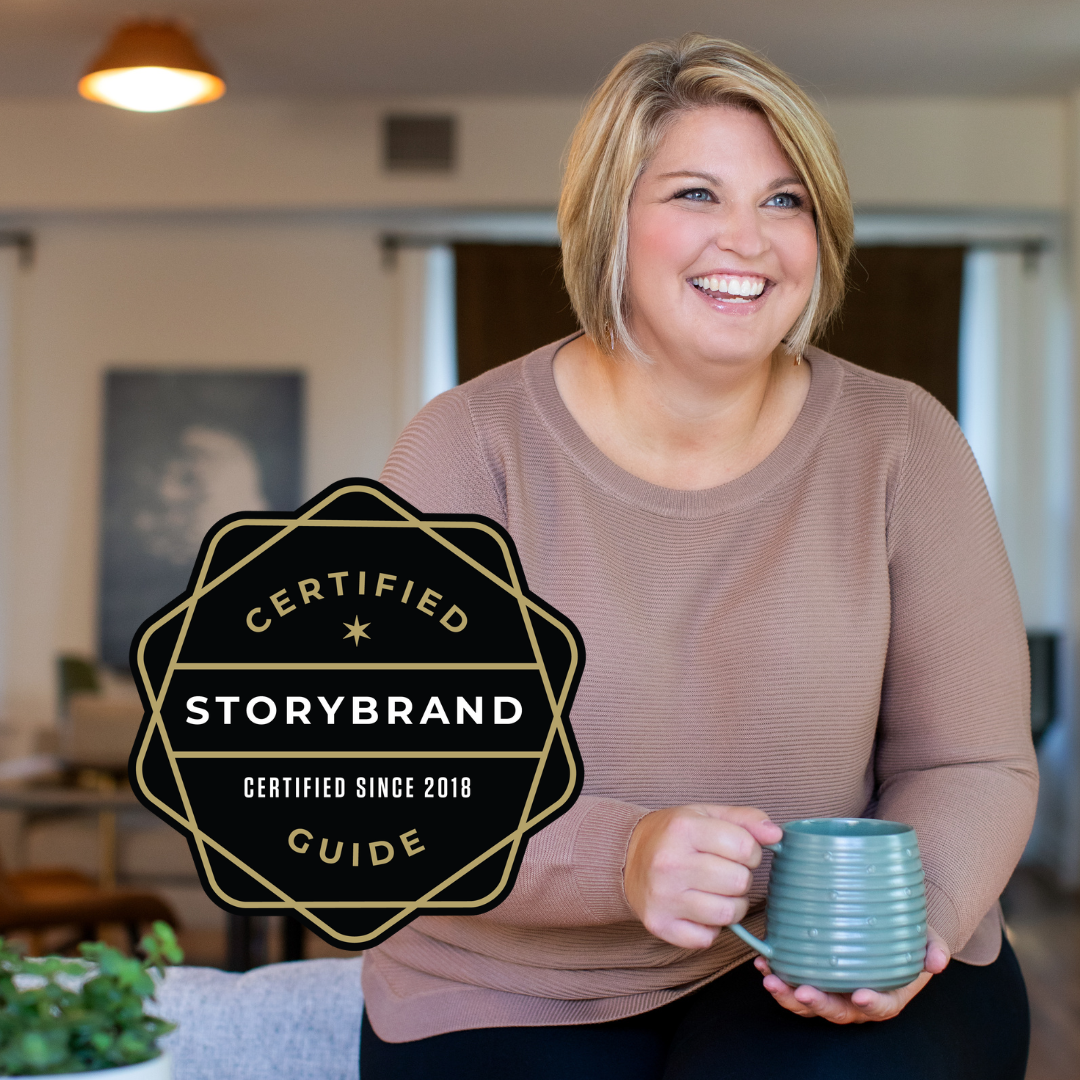- A Character
- Has A Problem
- Meets A Guide
- That Gives Them A Plan
- That Calls Them to Action
- That Helps Them Avoid Tragedy
- And Achieve Success
These are the seven points to the StoryBrand framework and points that you’ll be quite familiar with if you’ve created your BrandScript before.
But behind these seven points are seven principles. The seven principles of the StoryBrand marketing framework.
While these principles can aid you in developing a BrandScript, they are also fantastic principles to align your marketing efforts with.
In this article, we will go over the seven StoryBrand marketing framework principles, show you how they can benefit your marketing, and give you a few examples of the principles in action.
Read on and enjoy.
The Seven StoryBrand Marketing Framework Principles
Behind the seven points that make up the StoryBrand BrandScript lie the seven principles of the StoryBrand marketing framework.
If you’ve read the book, they will probably ring a bell.
The seven principles are as follows:
StoryBrand principle #1
“The customer is the hero, not your brand.”
StoryBrand principle #2
“Companies tend to sell solutions to external problems, but customers buy solutions to internal problems.”
StoryBrand principle #3
“Customers aren’t looking for another hero; they’re looking for a guide.”
StoryBrand principle #4
“Customers trust a guide who has a plan.”
StoryBrand principle #5
“Customers do not take action unless they are challenged to take action.”
StoryBrand principle #6
“Every human being is trying to avoid a tragic ending.”
StoryBrand principle #7
“Never assume people understand how your brand can change their lives. Tell them.”
Those are the seven principles of the StoryBrand marketing framework.
StoryBrand hammers these principles heavily when it comes to web design, but they are useful in other areas of marketing too.
Here’s how you can use them in other types of marketing.
How to Use These Principles in Your Marketing
We’re going to show you a few of these StoryBrand principles in action across social media, email, and website copy.
Here’s a good example of principle #2

Customers tend to make purchase decisions based on how they feel rather than external reasons. Of course, external factors play a part, but they are not the entire story.
In this example, StoryBrand appeals to the anxiety and uncertainty that business owners face when it comes to their marketing. The company takes it a step further too by agitating the problem further (“it might be WAY more than you think).
How can you appeal to the external and internal problems that your customers face? Think about the problem next time you create your next piece of marketing collateral.
Here’s a good example of principle #3

Here we see a notable example of StoryBrand positioning itself as the guide and using principle #3 in this marketing email.
Again, remember it is the guide’s job to display their empathy and authority to customers and not position themselves in the limelight. That is the hero’s (customer’s) place.
Try using more “you” language in your marketing collateral and strategize how you can highlight empathy and authority in your copy next time you create a marketing message. Doing so will position you as the guide.
Here’s a good example of principle #7

Finally, we have an example of principle #7 in action. Here, Business Made Simple is clear with its product offering and how it can help you.
Not only that but BMS is clear with the transformation it can help its customers through. More business knowledge equals more growth for your business. BMS doesn’t choose cute or clever language. Instead, it tells you straight-up how its product can transform your life.
How can you appeal to a customer’s aspirational identity? Be sure to tell them clearly in your next marketing message.
In Summary
That is the StoryBrand marketing framework as well as some examples from the creators themselves.
Apply these seven principles to the collateral that you put out in-market and you will see results. We promise.
How else have you seen the StoryBrand marketing framework, and accompanying principles, in action? Let us know on Twitter.





